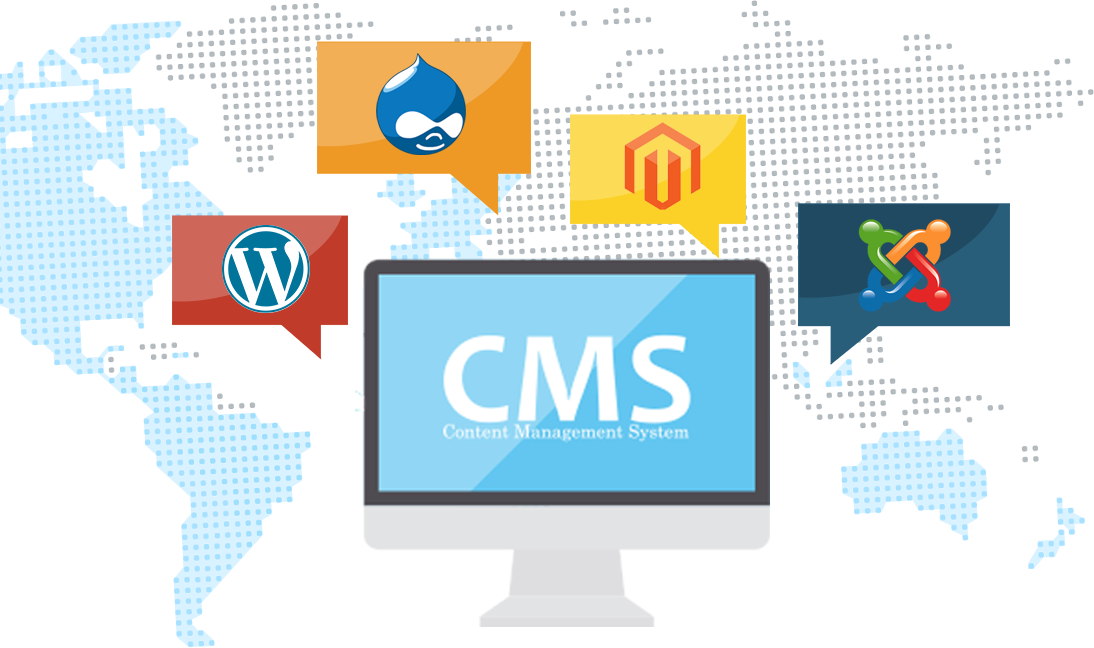Content
Management Systems (CMS) are software applications that allow organizations to
manage and publish digital content, such as web pages, documents, images, and
multimedia files. CMSs provide an easy-to-use interface that allows content
creators to create and modify content without requiring any technical skills.
Architecture
of a CMS
The architecture of a CMS
includes the following components:
- Content
Repository:
This component stores all the content, metadata, and
assets used by the CMS. It should be designed to handle large volumes of
data and should support various file formats.
- Content
Management Application:
This component is the user interface that allows content creators to
manage and publish content. It should be user-friendly and provide a rich
set of features such as version control, workflow management, and access
control.
- Content
Delivery Application:
This component is responsible for delivering content to end-users. It
should provide fast and reliable access to content and support various
delivery channels such as web, mobile, and social media.
Data
Integration in a CMS
Data
integration is a critical component of a CMS as it enables organizations to
leverage their existing data sources and create a unified view of their
content. The following are some of the data integration features that should be
supported by a CMS:
- Content
Import: The CMS should allow content to be
imported from various sources such as databases, spreadsheets, and other
CMSs.
- Content
Export: The CMS should allow content to be
exported in various formats such as XML, CSV, and JSON.
- Content
Syndication: The CMS should support content
syndication, which allows content to be published on multiple websites and
social media platforms.
- API
Integration: The CMS should provide APIs that allow
developers to integrate the CMS with other applications and systems.
CMS
Software Selection
Selecting
the right CMS software can be a challenging task, as there are many options
available in the market. The following are some of the factors that should be
considered when selecting a CMS:
- User-Friendliness:
The CMS should be easy to use and provide a rich set of features that
enable content creators to create and manage content without requiring any
technical skills.
- Scalability:
The CMS should be able to handle large volumes of data and support
multiple websites and content types.
- Security:
The CMS should provide robust security features such as access control,
encryption, and backup and recovery.
- Integration:
The CMS should support data integration features such as content
import/export, content syndication, and API integration.
- Support:
The CMS vendor should provide timely and effective support to address any
issues that may arise during implementation and use.
CMS
Implementation
Implementing
a CMS involves several steps, including the following:
1.
Planning: This
involves defining the scope of the project, identifying the stakeholders, and
establishing a project plan.
2.
Installation: This
involves installing the CMS software on the server and configuring it to meet
the organization's requirements.
3.
Content
Migration: This involves migrating existing content from
legacy systems to the new CMS.
4.
Customization: This
involves customizing the CMS to meet the organization's specific requirements.
5.
Training: This
involves providing training to content creators and other users to ensure they
can use the CMS effectively.
CMS
Evaluation
Evaluation
is a crucial step in the CMS implementation process, as it helps organizations
to measure the effectiveness of the system and make improvements where
necessary. The following are some of the metrics that should be used to
evaluate a CMS:
- Content
Quality: The CMS should enable content creators
to produce high-quality content that meets the organization's standards.
Metrics that can be used to evaluate content quality include readability,
grammar and spelling, and consistency.
- User
Adoption: The success of a CMS depends on its
adoption by users. Metrics that can be used to evaluate user adoption
include the number of users, the frequency of use, and user satisfaction
levels.
- Performance:
The CMS should perform well, with fast page load times and minimal
downtime. Metrics that can be used to evaluate performance include page
load times, server response times, and uptime.
- Security:
The CMS should provide robust security features to protect the
organization's content and data. Metrics that can be used to evaluate
security include the number of security breaches, the severity of
breaches, and the speed at which they are resolved.
- Integration:
The CMS should support data integration features such as content
import/export, content syndication, and API integration. Metrics that can
be used to evaluate integration include the number of integrations, the
ease of integration, and the effectiveness of the integrations.
- Cost:
The CMS should provide a positive return on investment. Metrics that can
be used to evaluate cost include the total cost of ownership, the cost of
customization, and the cost of training and support.
By
using these metrics, organizations can evaluate the effectiveness of their CMS
and make data-driven decisions to optimize their content management process.
In
conclusion, a CMS is a critical tool for managing digital content.
Understanding CMS architecture, data integration, software selection,
implementation, and evaluation is essential for selecting and maintaining an
effective CMS.

